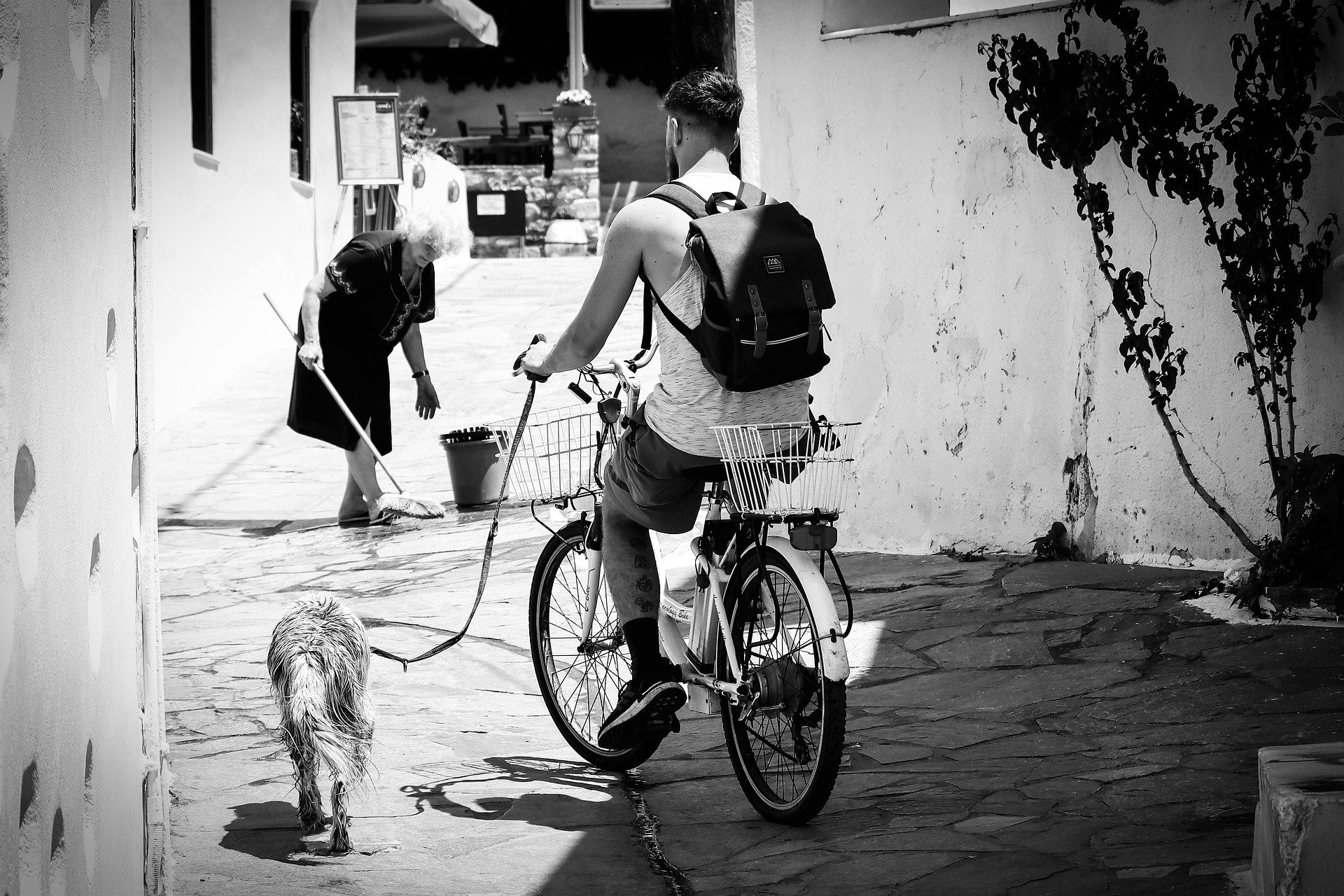Place and the Unitive Narrative
The idea and reality of Place is central to regenerative work. As the setting in which we live and (hopefully) know best, it should be, therefore, the focus and starting point of the invitation to ACT LOCAL. The paper linked below is an attempt to express how the uniqueness of a locality and the patterns it manifests through time and space and the systems in which it is nested can be articulated through the lens of the Unitive Narrative.
The paper was co-written by Tony Currivan and Rhodri Samuel, both WWV core team members. We hope that this serves to apply and ground the Unitive Narrative to a subject that everyone can relate to and thus, perhaps, see where they live in a new light - as a living system in which they are a co-creative partner. We would welcome any comments; unitycommunity@wholeworld-view.org
PLACE AND THE UNITIVE NARRATIVE v10 21.8.23
The Unitive Narrative shows us that, as intuited by ancient wisdom traditions and now proven by leading edge science, we are an integral and interconnected part of our Universe which is itself a single, unified and conscious entity whose purpose is to grow and evolve. Like the cells in a body, each galaxy, star, planet, place and person is a part of the same entity, yet plays a unique but essential part in its life and development. It is this unity in diversity that enables the Universe to evolve from simplicity to complexity.
Here on our planetary home, Gaia, this essential diversity can be seen to manifest spatially through what we call Place – the unique expression of the visible and invisible energies, systems and patterns that play out in specific locations across the planet. Places have a recognisable character and nature that can engender a powerful sense of belonging and identity in many of the people that inhabit them. Places can root us to the land – they have an intrinsic meaning to people. But Places are more than human connection: they are the interplay of the specific circumstances of an area – its geology, culture, history, climate, economy and biodiversity – that form an identifiable and often enduring character or essence. So although the activities, forces and forms that make up this character may be commonplace or archetypal, it is the pattern of dynamic interplay and relationship between these that creates their uniqueness – what is often called genius loci. In short, many places may be similar, but no Place is identical.
While each Place is unique, it is also an integral part of the region in which it sits which in turn is integrated within a greater pattern of Places that encompass the planet through wider interrelationships - like a mycelium network. So just as Gaia is in relation to our Universe, Places can be seen in relationship to Gaia: as cells of an organism that is experimenting with and exploring the potential of itself through increasing the diversity and differentiation of its cells.
But this uniqueness is fragile and can easily be lost. The powerful and pervasive forces of globalised culture and trade and top-down and linear systems of decision-making have resulted in cities, settlements and whole environments all over the globe becoming less and less distinctive. So, as Gertrude Stein quipped of Oakland after its development, “there is no ‘There’ there”, the same can be said to be happening to many of our modern cities and landscapes.
This creeping uniformity not only disrespects the spirit of a place, it can engender a sense of alienation among those who live there. In so doing, it prevents or suppresses the sense of a deep individual and collective belonging and purpose that arises when a Place is able to fully express its unique nature and character which is a fundamental component of a full and healthy life – of Wholebeing.
This not only applies to humans but also to Gaia herself, for if she too, as a living organism, is unable to manifest her full potential by increasing her diversity through the creation of unique Places, then she too will be dis-eased and unable to fully evolve and thrive.
Fortunately, there is increasing recognition and resistance around the world to this dehumanising and denaturing homogenisation, particularly through a growing citizenship movement. By understanding the unique patterns and essence of a Place, and by enabling active citizen participation and co-creation to shape its future, we can identify and realise its unmanifested potential to contribute to living processes. In the human realm, this is often embodied in the local culture: especially through the creation and cherishing of narratives and shared stories. But it can also guide its governance and development from the ground up.
In a world that is being rapidly degraded, this can empower those who care and identify with their Place to enable it to evolve and develop – to thrive – in accordance with its vocation as a diverse yet integral part of a unified and evolving Universe. To do this we need not only to Act Local, but also to Feel Global and Think Cosmic.

